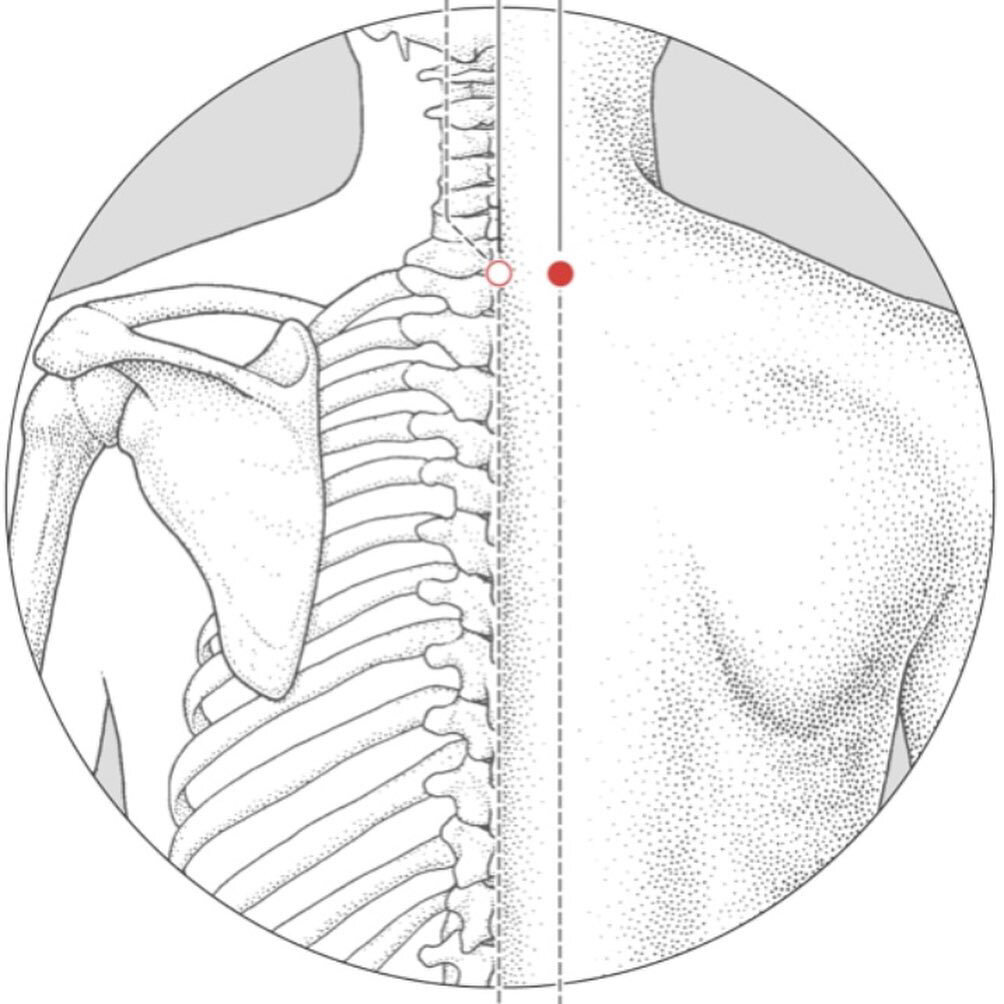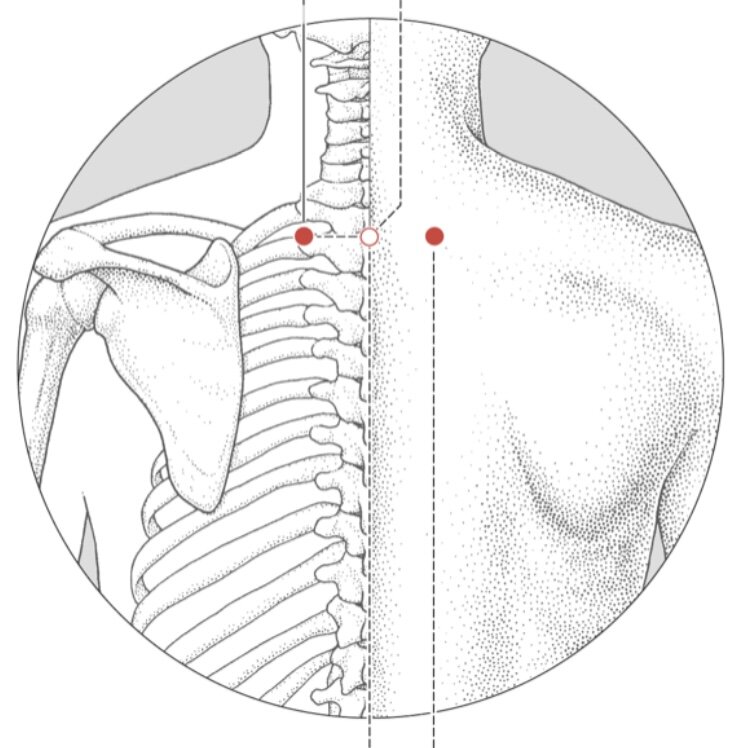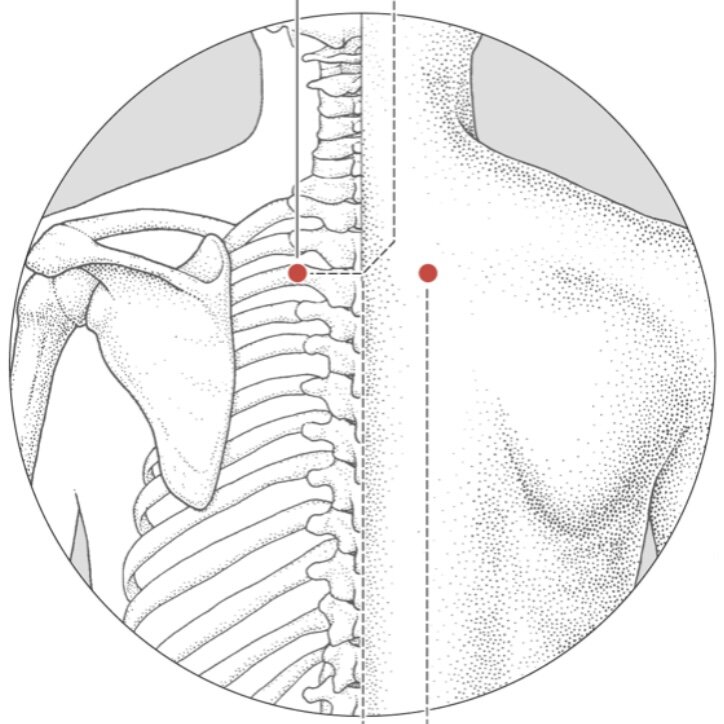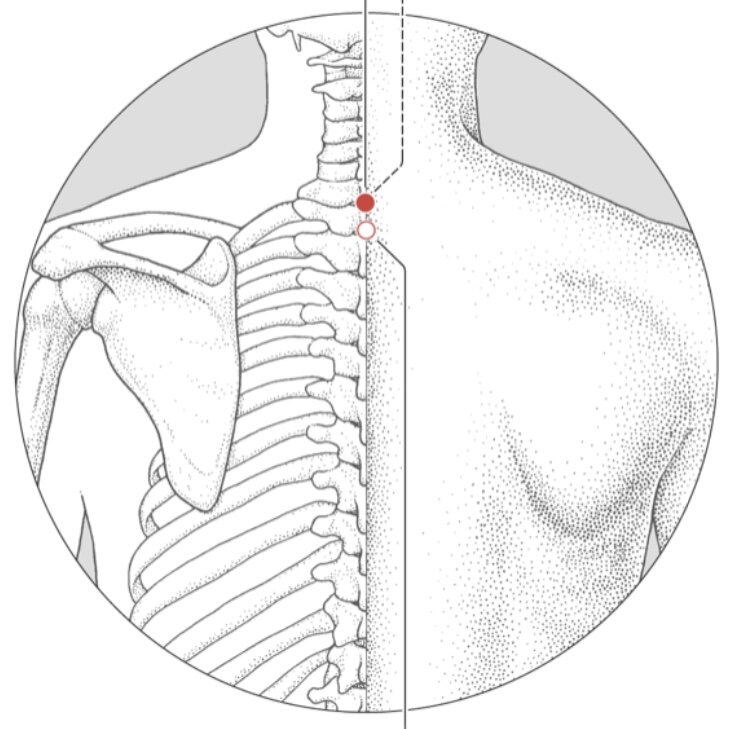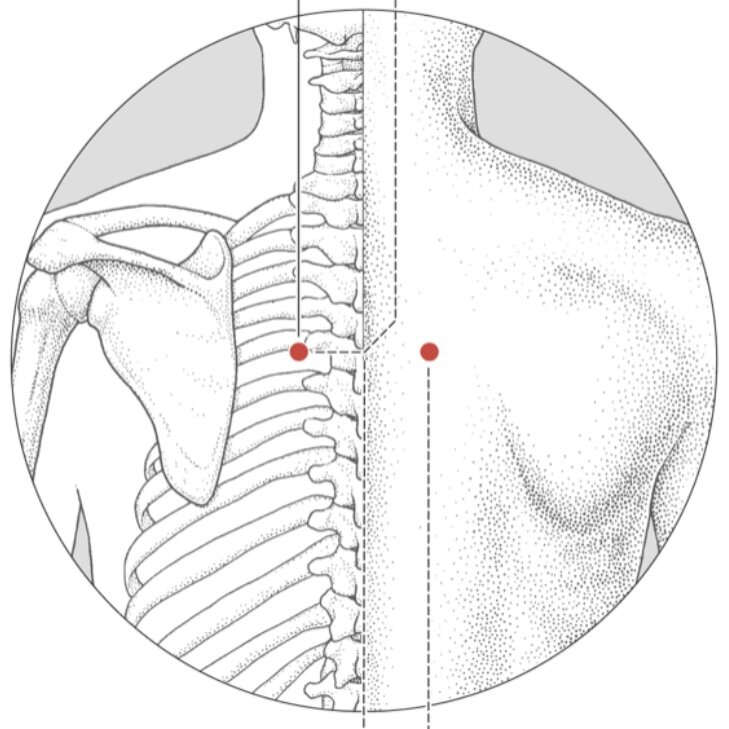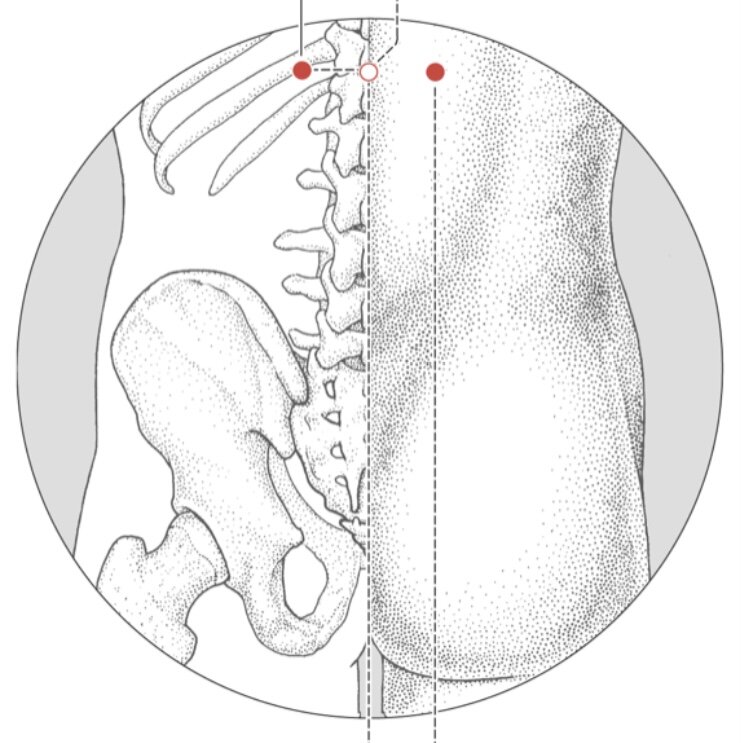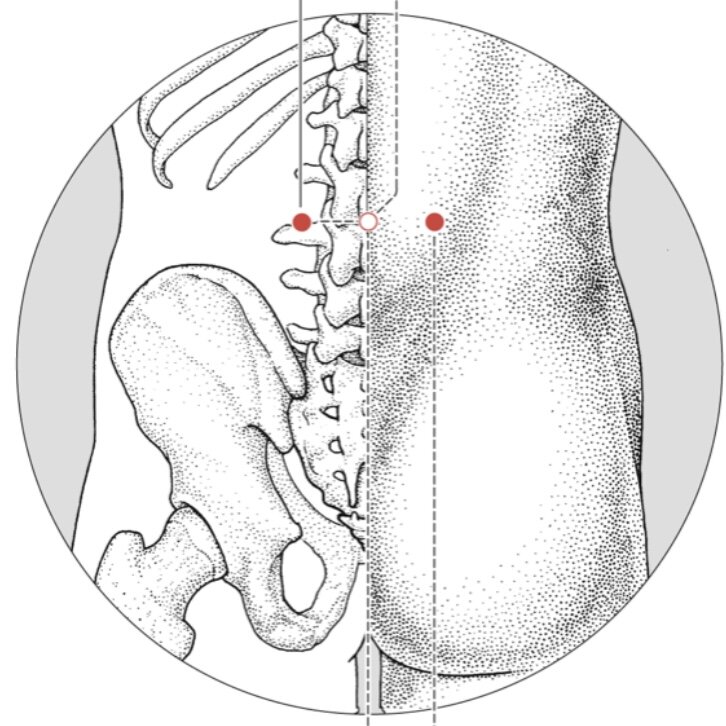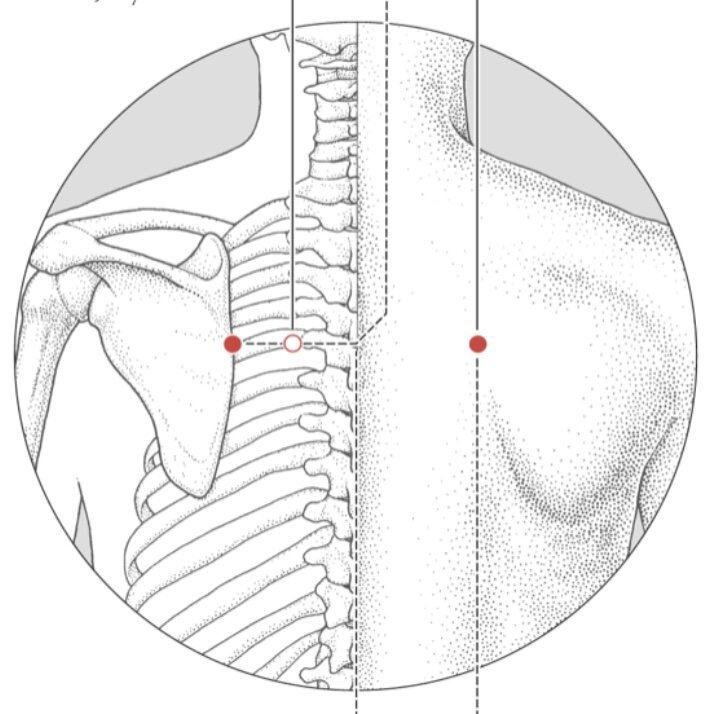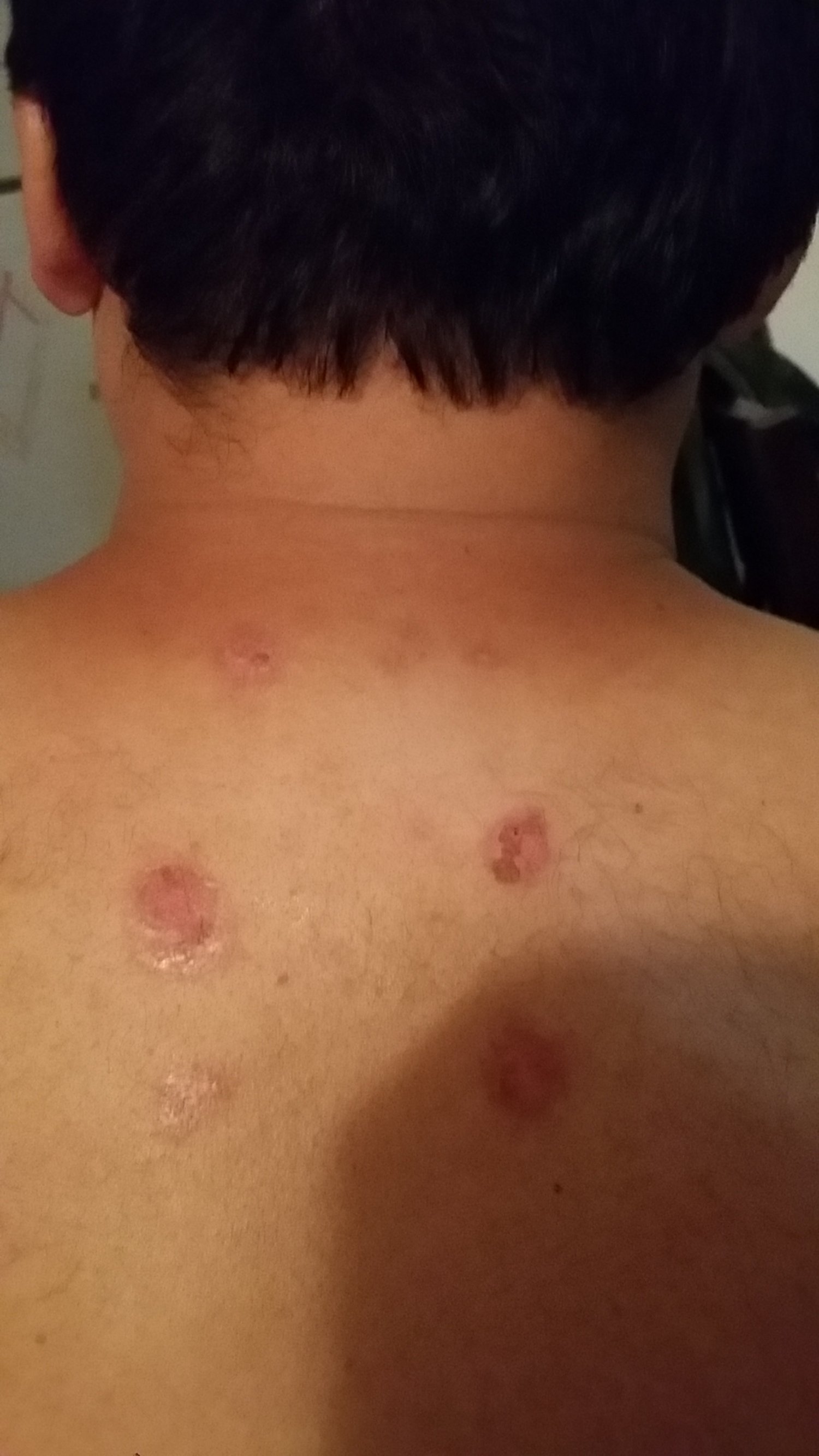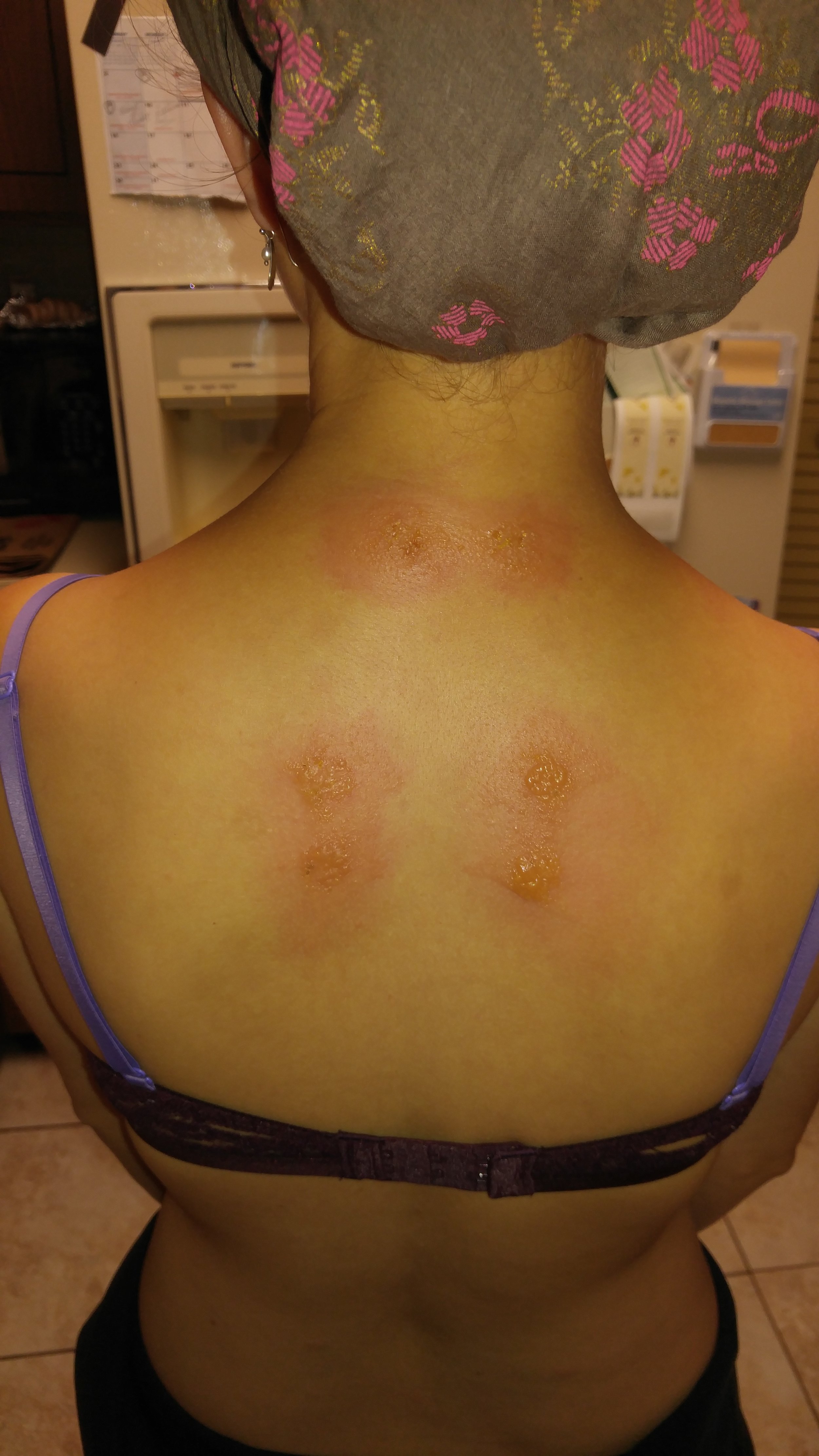







San Fu Teachings
San Fu Teachings
I’ve been offering San Fu Moxibustion every year to patients since 2009 and teaching the technique since 2014.
Every year I say “this is the last year” - but it’s become an annual tradition in my clinic that people wait for all year.
As a colleague or student, I truly hope this something you can bring into your community and continue the tradition. In these pages you’ll discover:
San Fu Moxibustion to help with allergies, asthma, the immune system, and yang deficient type syndromes
What formulas to use and what points have stood the test of time
“How To” videos which give step-by-step guides on application
A 90 minute lecture that includes clinical gems and how it’s different from other methods
Published articles and research
This represents some of the most interesting branches of Chinese Medicine; herbology, cosmology, Zang Fu theory, and topical techniques.
HEAVENLY MOXIBUSTION AND SAN FU DOG DAYS OF SUMMER
Mugwort is not the only type of "moxibustion" used; there has been a resurgence of Heavenly Moxibustion in recent years - a practice dating back to the Qing Dynasty that has become the subject of a number of clinical trials.
Instead of mugwort, the treatment uses herbs ground into a powder, mixed with fresh ginger juice into a paste, and taped to points to treat asthma, lung disorders, and allergies which affect the upper respiratory system.
The treatment is traditionally done on specific days in summer according to the Chinese calendar and Daoist cosmology - hence the name "heavenly" since it is in part based on where we are in the heavens at that time of year.
San Fu is sometimes translated as the "three hidings" since it references three 10-day periods that are predicted to be the hottest days of the year - or what we sometimes call in English "the dog days of summer". The treatment is given on the first day of each Fu period; so the patient comes in once every 10 days to have the paste taped to points mostly located either on their back or lower legs. Traditional Chinese hospitals are known to have lines out the doors on the Fu days with patients waiting for hours to have their points taped.
San Fu paste applied to the upper back
Not only does our geographic location affect our health (there's a reason people move to Arizona), but so does our tenure on any given point on the calendar.
What's interesting to note in clinical studies is that they tested the effectiveness of the treatment regimen on the San Fu days against regular days in the calendar. The treatment was more effective on the noted dates in the calendar! The recommendation that came out of the studies suggested that if the strict regime was too difficult, to stick as close to the dates as possible and at a minimum try to ensure the treatment was done in summer.

San Fu 2025 Dates
July 20th, July 30th, & August 9th
San Fu 2025 Dates
July 20th, July 30th, & August 9th
How to Calculate
San Fu Dates
San Fu dates are calculated using the Earthly Branches and Heavenly Stems system in the Daoist Calendar. You’re going to need a Chinese almanac, a list of the 24 solar terms for the year, and a western calendar to calculate the conversion.
San Fu dates are all yang metal days (庚 geng) that occur
after the summer solstice and are 10 days apart
Note that all these calculations are based on timing in the northern hemisphere
You start by finding the date for the summer solstice (2025 = June 20th)
The initial fu begins on the third 庚 geng day after the summer solstice
(2025 = (1) June 30, (2) July 10th, (3) July 20th)The middle fu begins ten days later on the fourth 庚 geng day after the summer solstice (2025 = July 30th)
Look up the solar date for “Lì Qiū / 立秋 / Autumn Begins” (2025 = August 7th)
The final fu is the first 庚 geng day after “Lì Qiū / 立秋 / Autumn Begins” (2023 = August 9th)
Every year is a little different, but there is often an extra 庚 geng day between the middle and last fu days that you’ll need to keep an eye out for. Some years we’ll get three San Fu days, and some years we’ll get four. In 2025, there are only 3 dates.

San Fu Formula
Explanations
San Fu Formula
Explanations
The Allergic Asthma formula is best used for presentations where there is an over production of cold, damp, and phlegm that’s congesting the Lungs. Meaning it’s best used in cases where phlegm damp is PRIMARY. Gan Sui is an herb we rarely use because it’s so strong; however, when used topically, it purges phlegm damp and forces it out of the tissues. Yan Hu Suo invigorates the Qi within the blood while Xi Xin helps to warm the Lungs. The addition of Ma Huang helps get the Lung Qi moving downwards and, because of its relationship to the Urinary Bladder, gets the fluids moving out of the body rather accumulating and backlogging as damp.
The Lung and Kidney Deficiency formula consist mostly of herbs that either tonify Qi or tonify Yang. The only herb in the formula that really addresses phlegm damp is Ban Xia. This formula is best used where phlegm damp is SECONDARY and the root cause is coming from a Wei Qi deficiency. A lot of the herb target the Tai Yin pair of the Spleen and Lung Qi while adding some juice to the Kidney Yang. It even goes so far as to act as a Jing astringent - so this is for true deficiency cases.
Most of the herbs in the formula are acrid and warm. The treatment principle is to nourish the lungs, soothe asthma, reinforce the Kidneys to grasp the Qi.
Look for an aversion to wind, shortness of breath with difficulty on the inhale; asthma; spontaneous perspiration; cold limbs; history of upper respiratory tract infections; and an overall less productive cough.
Tongue will be generally pale, moist, and swollen with a white coat. Expect the pulse to be deep and thready or weak.
-
Category: Herbs that Tonify Yang
Properties: Acrid Sweet / Warm / Kidney & Liver
Actions: Tonifies Kidneys; Strengthens Yang; Dispels Wind-Cold-Damp; Warms and unblocks the flow of Yang Qi
Notes: It also tonifies the Du and Yin Qiao channels
-
Category: Herbs that Tonify Qi
Properties: Sweet / Neutral / Kidney, Lungs, Spleen
Actions: Tonifies the Spleen, Nourishes Stomach Yin; Tonifies Lung Qi and nourishes Lung Yin; Tonifies Kidney Yin and astringes Jing
Note: Because the herb is neutral and moistens, it benefits both the Yin and Yang of the Lung and Kidneys
-
Category: Herbs that Tonify Qi
Properties: Sweet / Slightly Warm / Lung & Spleen
Actions: Tonifies Qi and Blood; Strengthens the Spleen; Raises Yang Qi of the Spleen and Stomach; Tonifies Wei Qi; Stabilizes the exterior; Tonifies the Lungs; Promotes urination and reduces edema; Generates flesh; Generates body fluids
Notes: Promotes other herbs, especially those that strengthen overall Qi, digestion, blood builders, and blood movers.
-
Category: Herbs that Tonify Qi
Properties: Sweet / Neutral / Kidney, Lung Spleen
Actions: Tonifies Spleen Qi; Nurtures Stomach Yin; Moistens Lung Yin; Tonifies the Kidneys; Strengthens Jing; Relieves wasting and thirsting
Notes: Both Huang Jin and Shan Yao are sweet, tonify Qi, nourish Yin, and are often used to treat Lung, Kidney, and Spleen deficiency.
-
Category: Herbs that Invigorate Blood
Properties: Acrid / Warm / Liver, Gallbladder / Pericardium
Actions: Invigorates the blood; promotes the movement of Qi; Expels wind; alleviates pain
Notes: Often used for treating heat syndromes primarily in the upper jiao.
-
Category: Herbs that Tonify Yang
Properties: Acrid Bitter / Very Warm / Kidney, Spleen, Pericardium
Actions: Tonifies the Kidneys; strengthens Yang; Stabilizes Jing; Tonifies and warms Spleen Yang.
Notes: It generates Earth - the Spleen becomes warm and strong. It helps the Yang to ascend.
-
Category: Herbs that Transform Phlegm and Stop Cough
Properties: Acrid / Warm, Toxic / Lung, Spleen, Stomach, Heart
Actions: Dries damp; Transforms phlegm; Descends rebellious Qi; Harmonizes the Spleen; Dissipates nodules; reduces stagnation.
Notes: Marquee herb for treating phlegm.
-
Category: Herbs that Transform Phlegm and Stop Cough
Properties: Acrid / Warm / Lung, Stomach
Actions: Warms the Lungs; regulates Qi; Expels phlegm; Promotes Qi movement; dissipates nodules; unblocks the collaterals.
Notes: This herb is excellent at reaching phlegm in the sub costal region in addition to the area between the skin and membranes that cannot be reached otherwise.
The treatment principle here is to warm and transform cold phlegm, descend rebellious Qi, and stop cough.
This formula is best used for those with internal cold phlegm trapped in the Lungs. The symptoms tend to recur every winter, often triggered by breathing cold air. There will be shortness of breath, tightness in the chest, wheezing, and repeated attacks of a productive cough. There will often be either scanty tenacious mucus, or thin watery mucus.
Look for a pale swollen tongue with toothmarks accompanied by a moist greasy, white coat. Pulse will be soft and slippery.
-
Category: Herbs Invigorate the Blood
Properties: Acrid, Bitter / Warm / Heart, Liver, Stomach, Lung, Spleen, Pericardium
Actions: Invigorates the Blood; circulates Qi; Stops pain.
Notes: Yan Hu Suo promotes the movement of Qi within the Blood
-
Category: Warm Acrid that Herbs that Release the Exterior
Properties: Acrid, Slightly Bitter / Warm, Slightly Toxic / Lung, Heart, Kidney, Liver
Actions: Release exterior wind and cold; disperse wind-cold and internal cold; alleviates pain; warm the Lungs; transforms phlegm and thin mucus; disperses and unblocks the Qi of the nasal orifice
Notes: Xi Xin exerts most of its effects on the upper body. It directs other herbs to the Heart and Kidney; especial the arms and chest.
-
Category: Warm Acrid Herbs that Release the Exterior
Properties: Acrid, Slightly Bitter / Warm / Lung, Bladder
Actions: Induces sweating, releases the exterior; disseminates and facilitates Lung Qi; calms wheezing; stops coughing; warms and disperses Cold pathogens
Notes: Ma Huang encourages the Lung Qi to descend and flow more smoothly. Common herb in Chinese medicine to treat asthma.
-
Category: Harsh expellants
Properties: Bitter, Sweet / Cold, Toxic / Kidney, Large Intestine, Lung, Spleen
Actions: Drains water downward; eliminates congested fluid and thin mucus; Expels phlegm; Clears heat; reduces swelling; Disperses hardenings
Notes: Violently cathartic herbs when taken internally that will cause one to pass water anally. When used externally in a powdered form, it can be used as a base of moxa on the umbilicus to create constipation and urinary blockage.
-
Category: Herbs that Transform Phlegm and Stop Cough
Properties: Acrid / Warm / Lung, Stomach
Actions: Warms the Lungs; regulates Qi; Expels phlegm; Promotes Qi movement; dissipates nodules; unblocks the collaterals.
Notes: This herb is excellent at reaching phlegm in the sub costal region in addition to the area between the skin and membranes that cannot be reached otherwise.

San Fu Points
San Fu Points
What San Fu points should I use?
Good question. A recent study was conducted in 2015 where the scientists tracked patients over a 3 year period; however, the final paper has yet to be published. The points that I have employed clinically since 2009 are based on Lorraine Wilcox’s seminal article; however, as a clinician you will need to chose what’s right for your patients. The points for each of the days are listed below, but consider the additions of Tian Tu (REN22), Dan Zhong (REN17), Zhong Fu (LU1), and Zu San Li (ST36).
Diffuses Lung, calms panting
Fortifies Spleen, transforms phlegm
Supplements Kidneys to absorb Qi

San Fu
Follow-up Care
San Fu
Follow-up Care
San Fu Scarring and Blisters
Everyone reacts differently to the San Fu application and it can be hard to gauge exactly what your body will do until you try it. Everything from melanin level, to genetics, to age, to sex, to medications, to current health status, to comorbidities will impact whether or not you will scar and what that scar will look like. Common reactions include:
A sensation of heat, redness, and itching at the site of application
Slight fever
Sore throat or flu like symptoms lasting approximately 24 hours
Blisters; some people will have blisters that can take up to 72 hours to appear
Red dots that are about the same color as a sun burn when they first remove the applications
The color, size, appearance, and location of the blisters will vary. Sometimes only a few of the points will blister, while other points that were applied at the same time will appear seemingly unaffected. The skin may also start to darken and create a thin scab like covering which will eventually fall off to expose healed pink "baby" skin underneath.
Remove the San Fu applications after 6 hours or if they start to become overly hot and itchy - whichever comes first.
Wash the skin with with soap and water followed by gently patting the skin dry with a clean cloth or towel.
If blisters appear, treat them as you would with any normal blister.
Keep the area clean and once the fluid comes out, do not remove the top layer of skin.
Keep the wound clean at all times and cover with a band aid during the day to keep it protected.
Feel free to use Neosporin or a topical cream that works well for you. Do not use medicinals known for taking the heat out of a burn because you want to be sure to preserve the Yang herbal remedies that were delivered through the dermis into the muscle layer. However, you do want to insure that the blister does not become infected as it heals.
As with all wounds, depending on your skin you may scar. Wheat germ oil, tamanu oil, or Mederma scar gel all work wonders do lighten the color of scars.
Want to know how to roll and apply San Fu?
Please check out our tutorials to get started.

San Fu Moxibustion Further Resources
San Fu Moxibustion Further Resources
It was an article in The Journal of Chinese Medicine written by Dr. Lorraine Wilcox that led to my obsession with San Fu Moxibustion. Her book, Moxibustion: A Clinical Handbook, is the singularly best book on moxibustion written in English to date. Dr. Wilcox includes an entire section on San Fu that deep dives into studies, different herbal San Fu formulas, point protocols, future San Fu dates, and overall theory. Both the article and her book are written for practitioners and students of Chinese Medicine; I encourage anyone interested in offering this to patients in their own private practice to procure both the original article and her book.

San Fu
Video Tutorials
San Fu
Video Tutorials
Once you get the hang of it, San Fu is surprisingly easy
For my colleagues who are visual learners, here are a few videos to get you started or act as a reminder if it’s been a while. We’ve included a 15 minute primer, a quick 2 minute video on how to roll San Fu, and a 3 minute video on how to apply San Fu. Hopefully this will answer most of your questions!









